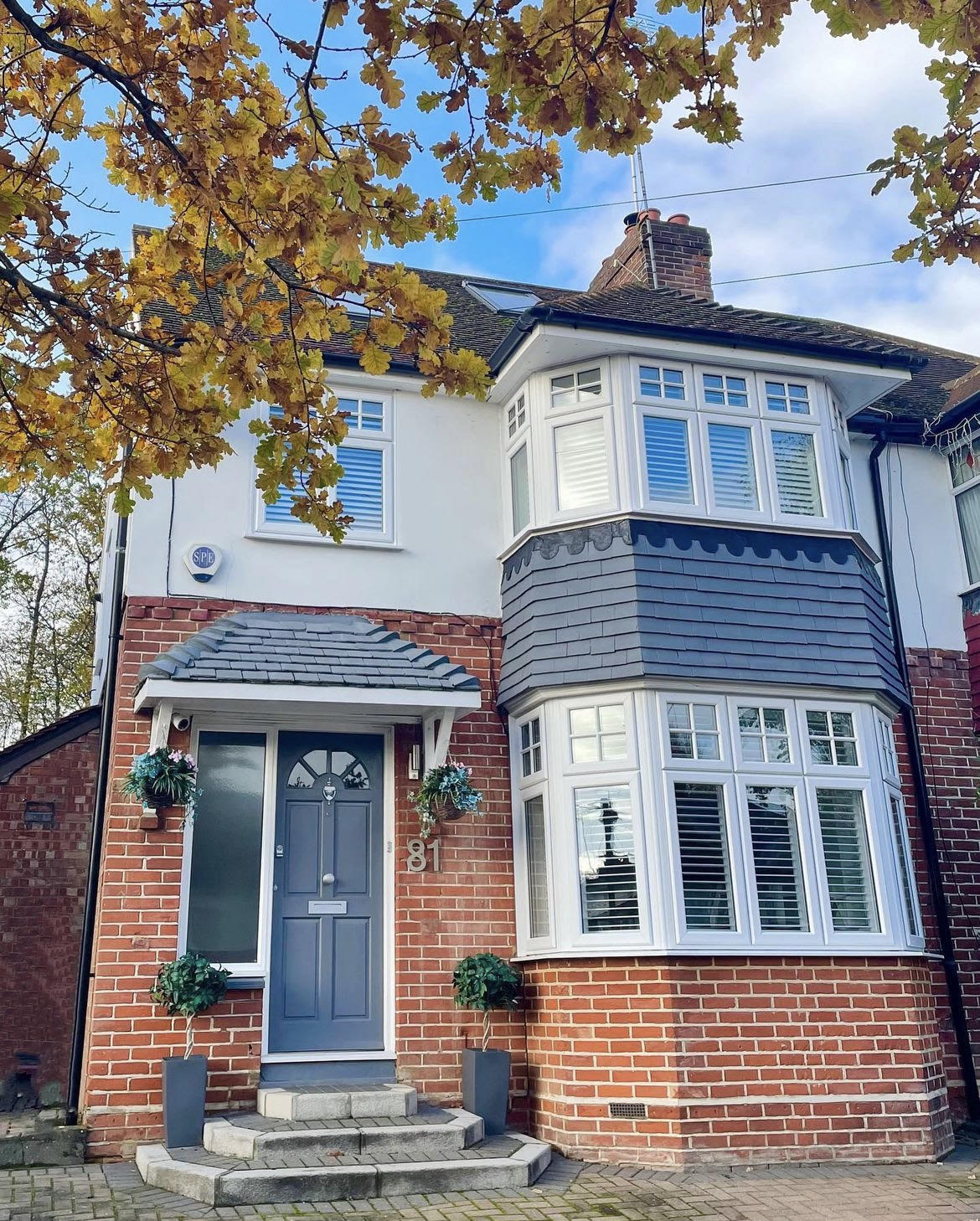
Understanding the nuanced differences between marine and exterior plywood is paramount to seasoned builders and construction professionals. These plywoods might seem indistinguishable at a cursory glance, but upon closer inspection, the variances between them become clear, governing their specific applications.
Marine Plywood: An Overview
Marine plywood is celebrated as a premium timber product, characterized by multiple layers of wood veneers that are fused using a special water-resistant, weather, and boil-proof (WBP) adhesive.
It is predominantly manufactured using tropical hardwoods that are inherently water-resistant. The veneers used are thinner and more numerous than in other plywood, providing augmented strength. They are meticulously arranged and fused with a special adhesive, ensuring the absence of defects like core gaps, even when cut into pieces. This rigorous process yields a plywood renowned for its resilience, toughness, and durability against external factors.
There are several grades of marine plywood, each delineated by unique attributes such as knot size, frequency, weight, and thickness. Some of these grades include:
- A-A
- A-B
- B-B
- Medium-density overlay (MDO)
- High-density overlay (HDO)
Applications of Marine Plywood
Boat construction is the most notable application of marine plywood due to its unparalleled pliability and water resistance. Marine plywood is indispensable in the maritime industry, from boat hulls to other integral parts.
However, its applications extend beyond nautical realms. Marine plywood is widely employed in constructing exterior portions of buildings and houses, especially in places prone to high rainfall, fluctuating temperatures, and heightened humidity levels. Furthermore, commercial spaces like restaurants and hotels prefer marine-grade plywood for constructing kitchen benchtops and bathroom cabinets, owing to its inherent water resistance.
Other notable applications include:
- Docks
- Decks
- Patios
- Porches.
Exterior Plywood: A Closer Look
Exterior plywood stands as a broad category for plywood tailored for outdoor deployments. Its manufacturing involves bonding wood veneers using a sturdy phenolic resin, enhancing moisture and humidity resistance. Commonly used woods for this type include hoop pine, spruce, mahogany, Douglas fir, birch, oak, and maple.
Preservative treatments amplify its resistance to external elements, enabling it to withstand adversities like torrential rains and gusty winds. The grading system for exterior plywood reflects its quality, with the most common grades being:
- A (cabinet grade)
- C-D (construction grade)
- X (apt for outdoor deployment)
- C-D-X (a prevalent choice among builders)
Applications of Exterior Plywood
Predominantly, exterior plywood is favored for non-structural outdoor tasks, chosen for its aesthetic appeal in finishing. Many buildings incorporate this plywood for external ceilings and walls.
Interestingly, the applications of exterior plywood aren’t strictly outdoor-centric. It finds use in interior spaces, especially storage areas and refrigerated sections, and is a popular choice for kitchen sinks, benchtops, and cabinets due to its moisture resistance.
Marine vs. Exterior Plywood: The Distinctions
- Adhesives: Marine plywood employs exclusively permanent weather and boil-proof adhesives, whereas exterior plywood utilizes a range of WBP glues.
- Defect Standards: Marine plywood doesn’t tolerate defects, ensuring consistent water resistance. Conversely, exterior plywood, especially grades like C-D, permits minor defects.
- Veneer Thickness: Marine plywood boasts a veneer thickness ranging from 1.3mm to 3.8mm for multi-ply structures and 0.5mm for three-ply constructions. Exterior plywood, in contrast, can possess thinner veneers, aligning with budgetary considerations.
- Wood Type: While marine plywood mandates the use of high-density hardwood, exterior plywood can be fashioned from either high-density hardwood or a combination of light hardwoods.
The Common Ground
While differences abound, marine and exterior plywood share undeniable similarities. Both plywoods excel as subflooring materials due to their moisture resistance. While marine plywood is specially designed to endure rigorous sea conditions, exterior plywood can capably resist severe meteorological conditions such as powerful wind gusts and incessant rain.
Marine and exterior plywood offer unparalleled durability and versatility, adeptly handling the regular strains of daily utilization.